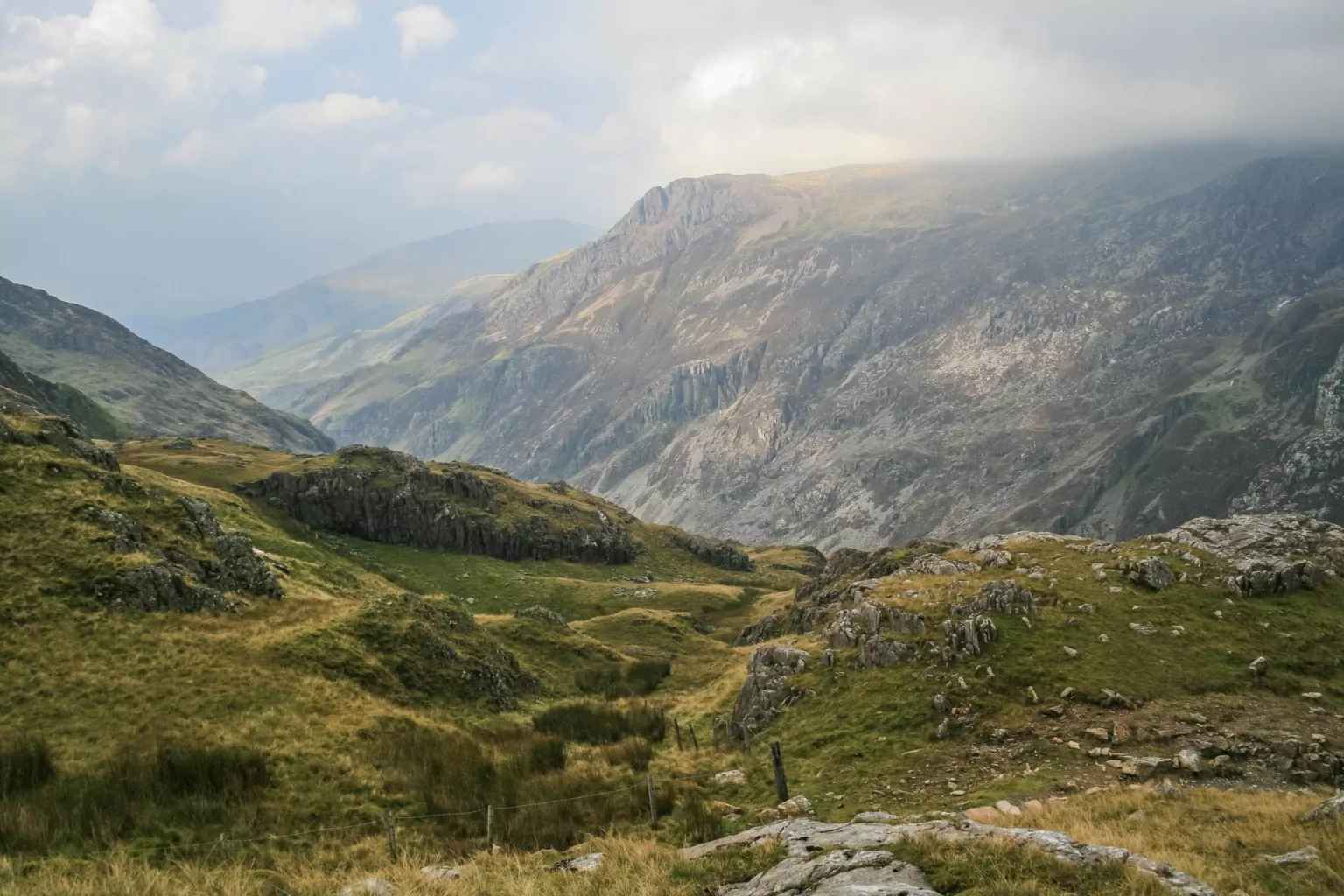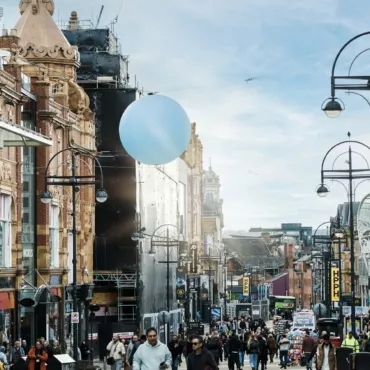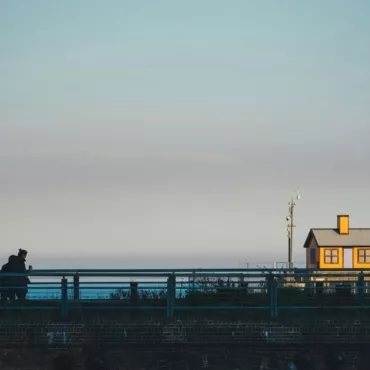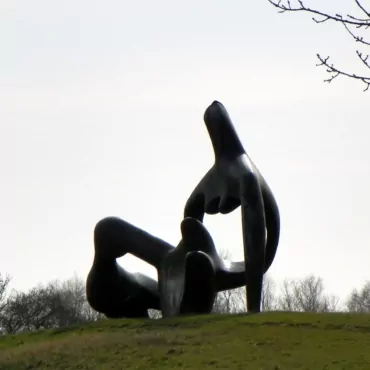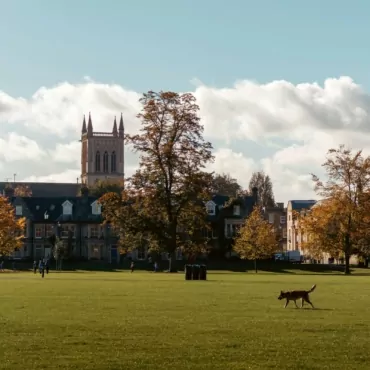Ancient and monumental Cardiff
Up until the mid-twentieth century, Cardiff was considered an important industrial and trading point in Britain, from where coal was shipped to neighboring countries, but it was not the capital until the fifties. First of all, because of its location – even the name Caerdydd itself is translated from Welsh as “fortress on the river Taff”, because on one side the settlement was built along this major “waterway”, on the other – was washed by the waters of Bristol Bay.
The fact that Cardiff was located almost on the coastline, played a cruel joke on him: first (in the first centuries AD) the city was captured by the Romans, later – the Knights Crusaders, and in both cases, the future capital of Wales was conquered quite quickly. What’s interesting is that instead of the expected decline, it was after the Norman Conquest that Cardiff gradually came into its prime.
Where to go?
From the Middle Ages to the present day, locals consider Cardiff Castle to be the heart of the city, closely associated with the name of its founder, the Anglo-Saxon knight Robert Fitz-Hamon. According to legend, the Norman was a direct descendant of Richard the Lionheart, however, many say that this is only a beautiful myth. Anyway, Fitz-Hamon built a castle in the valley of the River Taff on the site of an ancient Roman fortress – initially only for defensive purposes, and later began to use it as his residence.

Among the last owners of the castle was the fabulously wealthy coal magnate John Bute, known for his love of art. Thanks largely to him, the fortress was transformed into an elegant Victorian mansion in the late 19th century. Do not be surprised that the numerous halls of the palace represent an eclectic mix of styles: skillful frescoes and mosaics are juxtaposed with wood carvings, ancient Egyptian and Arabic motifs, referring to the extremely popular cultures of ancient civilizations at that time.
After seeing the castle and other buildings (especially the ancient clock tower!) on the grounds of the ancient fortress, go for a walk around the neighborhood. Walk past the City Hall, don’t miss the prestigious Cardiff University with its Palladian architecture, check out the National Museum and look out for the Celtic-inspired Llandaff Cathedral.


You can finish the day with a taste of the local cuisine – Cardiff has long been renowned as one of the country’s gastronomic centers. Head to the Michelin Guide-recommended Heathcock restaurant for dinner and brave the Welsh cuisine. The restaurant has a set menu with a balanced emphasis on local fish and meat – the Devonshire-style duck breast (with carrots and cherries) alone is worth it! A worthy alternative is Daffodil, a restaurant specializing in cuisine made from seasonal farm produce.
Brecon Beacons National Park

Much of Wales is mountainous and forested, so once you’ve experienced the Welsh capital, go exploring the country’s nature (you definitely won’t regret it!).
When it comes to brutal Celtic scenery, the choice is usually between the two largest national parks within Wales – Snowdonia, which is longer to get to and therefore worth setting aside a weekend for, and Brecon Beacons, a nature reserve just an hour’s drive from Cardiff.
Brecon Beacons is also good for the avid hiker and the lover of scenic nature and history. Just in case you prefer hiking, take one of the most famous trails to the summit of Pen-y-Fan, the highest point in South Britain. Here it is worth mentioning at once: climbing the mountain will take about two and a half hours, on the way you are waiting for obstacles in the form of a winding and rather steep climb up, but the view from the observation deck is definitely worth the effort.
But if you’re unlucky with the weather, which is extremely changeable in Wales (and climbing the mountains in torrential rain with hurricane force winds is a dubious pleasure), or you simply prefer a measured admiration of nature to active physical activity, go to the castle of Carreg Kennen. You won’t want to miss it – it rises prominently on a limestone cliff above the Kennen River of the same name. During the War of the Scarlet and White Rose, it was Carreg Kennen that served as the main stronghold of the Lancaster dynasty; in the course of time, only ruins of the castle remain, but in very good condition.

For those who like adventure, as a bonus, next to the castle, in the rock, there is a deep (several hundred meters) cave: you can go down into it, but be prepared – you will have to walk virtually by feel, if you have not brought a flashlight.
On the way back, stop for a lunch break at Carreg Cennen Farm. It is a cozy farm owned by a couple: here they raise cows, sheep and horses, and at the same time they offer tourists a taste of rustic Welsh cuisine in extremely authentic rest rooms, strongly resembling medieval hunting lodges. Feel free to order the traditional welsh rabbit (spoiler: it has nothing to do with rabbit) and the rich vegetable soup in a loaf of bread as a fitting end to a busy weekend.
